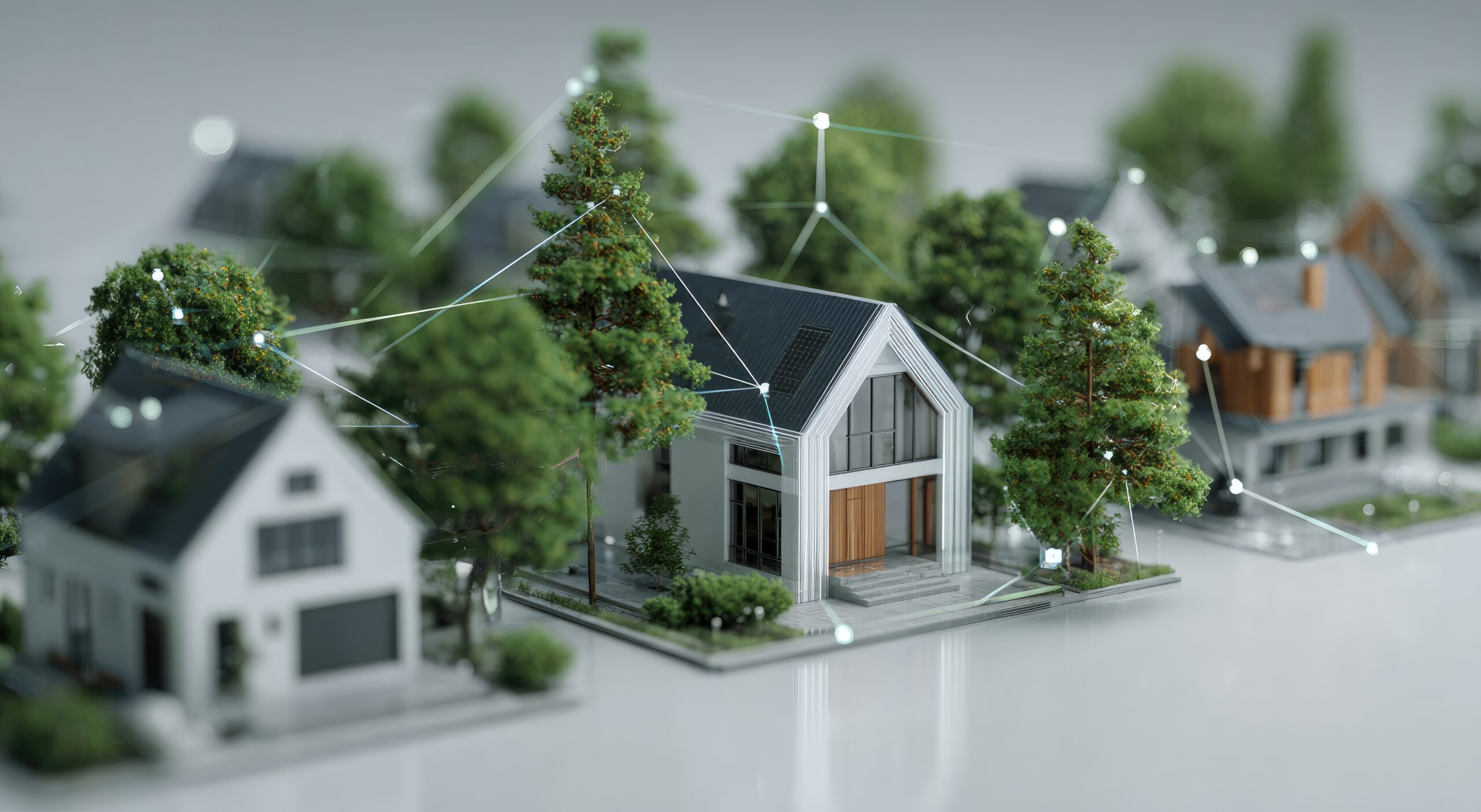Future of society
What is Net Zero and how will innovation help us achieve it?

Governments and companies around the world embrace Net Zero as part of their environmental commitments, what are its challenges and opportunities?
Governments and companies around the world are embracing Net Zero as part of their environmental commitments. What are the challenges and opportunities?
Net Zero is a global goal that aims at decarbonizing our civilization. This is a most ambitious challenge in human history, and one agreed by consensus around the world. New technologies and innovation in different branches of human development will mark the course of this journey.
To help us understand the importance of Net Zero, its challenges and positive consequences, Rosa Sanz, Non-Executive Director at Zero Waste, Suma Capital, and Member of the Future Trends Forum Spanish Council, brings her experience on the subject. What is Net Zero and how will it drive innovation?
What is Net Zero?
Net Zero, explains Rosa Sanz, consists of emitting no more “greenhouse gas (GHG) emissions into the atmosphere than what can be absorbed or removed”. On this “journey to decarbonization”, the energy transition is the way forward. The route to follow.
The Net Zero Coalition draws from this net zero target. It is a global group of countries working to clean the atmosphere from greenhouse gases (GHGs)—simplified into the carbon dioxide molecule (CO₂), one of the molecules with the highest global warming potential (GWP).
How can the economy be decarbonized?
The term ‘decarbonize’ is also used to signify the elimination of other gases such as methane (CH4), with a GWP 21 times higher than CO₂, nitrous oxide (N2O), with a GWP of 310. As these gases are wildly different, grams of carbon dioxide equivalent or gCO2eq are used. As Rosa Sanz explains, there are three types of measures to achieve Net Zero:
1. Reducing GHG emissions by using renewable and nuclear fission energy. The latter is expected to be a transition energy on the path towards 100% renewable energy, including nuclear fusion, which is clean and virtually inexhaustible.
2. Promote the energy efficiency of the systems already in use, and even transform them so that, by doing the same, their impact is less, while considering the Jevons paradox (more efficiency, more consumption). For example, using aerothermal energy at the community level.
3. Capture emissions already present in the atmosphere thanks to the carbon cycle and its natural sinks (forests and oceans), as well as through carbon capture, use and storage technologies. We must stop emitting and clean up the mess.
Industries that cannot stop emissions—for example, there is no technology to manufacture carbon-free steel—may opt for “offsetting mechanisms (carbon offsetting) either by financing projects that absorb emissions or by buying rights in the emissions market”.
Which sectors emit more GHGs and which less?
Globally, power generation produces 73.2% of greenhouse gases (industries account for 24.2%, transportation for 16.2%, residential buildings 10%, commercial buildings 6.6%).
According to the International Energy Agency (IEA), once electricity and air conditioning emissions are allocated to the final sectors, 40 % of global emissions are concentrated in industry, 27 % in transport and 25 % are emitted by buildings of all types.
In Spain, the ‘National inventory of emissions into the atmosphere’ (1990-2020) provides relatively similar figures. Transport emits 27 % of emissions, industry 20.8 %, agriculture and livestock 14.1 %, electricity generation 11.8 % and the commercial, residential, and institutional sectors about 9.2 %. Waste emits about 4.8%.
How can businesses help achieve Net Zero?
“Businesses have a key role to play towards the Net Zero goal,” says Rosa Sanz, both because “they have a responsibility to achieve the emissions reduction target individually” and because of the way they influence the carbon economy. That is why many large companies have already aligned themselves with the European 2050 target.
One in three large corporations have already committed to achieving zero emissions from 2030 to 2050, which will be a major driver for the rest of the companies due to ‘scopes’. Scopes are ways of measuring carbon impact. While Scope 1&2 measure a company’s direct and indirect emissions, Scope 3 measures emissions from suppliers.
In addition, there is “a ‘contagion’ effect” between companies because “when one company takes such an action and makes a decarbonization commitment public, other companies in the sector feel pressured to follow suit.” Consumers favor companies committed to environmental protection values.
What role does digitalization play in Net Zero?
Although digitalization itself is “a heavy polluter”, it is also true that “it depends on the energy source used” and that “digitalization is indispensable in the fight against climate change”. Rosa Sanz highlights this duality, starting with how Big Data and AI “have enabled the modeling of climate change and its causes.”
A one-hour video call releases 157.3 gCO₂ in the worst conditions, which is approximately what an internal combustion car can emit when driving it over one kilometer. In other words, changing a trip to a meeting for a digital meeting, when possible, leads towards Net Zero even if its impact is not null.
In addition to the example of the decarbonization of transport, Rosa Sanz illustrates how artificial intelligence is enabling the “development of new materials that will support the journey toward decarbonization”. These systems are finding solutions that people had not imagined and would not have thought of.
Net Zero challenges and opportunities
Net Zero is one of humanity’s most ambitious goals, and it is not without its critics. The targets exclude certain activities, it is difficult to measure, the carbon market is difficult to verify, it lacks a sense of urgency, it does not consider other environmental impacts and it is voluntary. Net Zero is far from a perfect framework, but its opportunities offset the challenges of the decarbonization pathway.
Opportunities include driving technological development and coming up with innovative and necessary solutions. One obvious example is the economic boost to nuclear fusion reactors, a technology that remains experimental but has the potential to rid the world of polluting sources of energy. Another is reducing the cost of acquiring clean technologies.
As Net Zero crystallizes into concrete plans, governments, businesses, and households can align their values with the decarbonization process and build these values into who they are. Environmental sensitivity has been growing steadily in recent decades, and citizens are demanding additional efforts to decarbonize.







